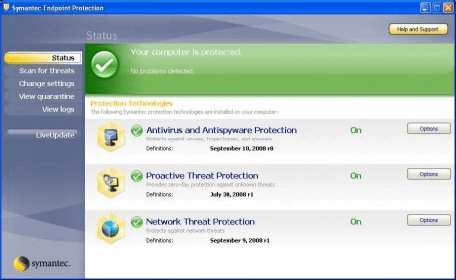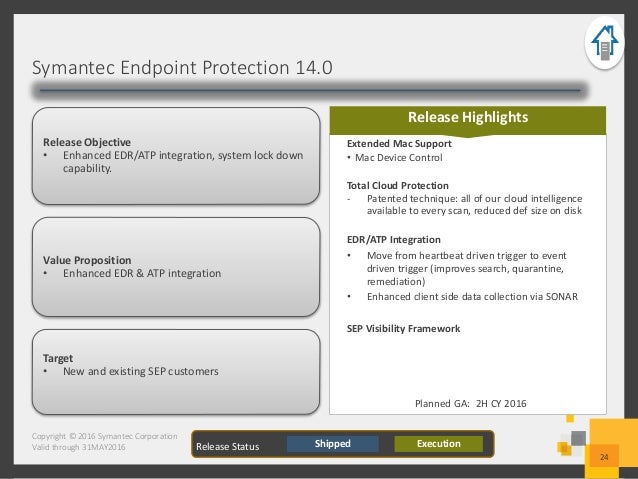

- #SEP DEVICE CONTROL FOR MAC INSTALL#
- #SEP DEVICE CONTROL FOR MAC UPDATE#
- #SEP DEVICE CONTROL FOR MAC MANUAL#
How iMessage sends and receives messages.Adding transit and student ID cards to Wallet.Rendering cards unusable with Apple Pay.Adding credit or debit cards to Apple Pay.Protecting access to user’s health data.How Apple protects users’ personal data.Activating data connections securely in iOS and iPadOS.Protecting user data in the face of attack.Protecting keys in alternate boot modes.Encryption and Data Protection overview.UEFI firmware security in an Intel-based Mac.Additional macOS system security capabilities.recoveryOS and diagnostics environments.Contents of a LocalPolicy file for a Mac with Apple silicon.LocalPolicy signing-key creation and management.Boot process for iOS and iPadOS devices.Secure intent and connections to the Secure Enclave.Touch ID, Face ID, passcodes, and passwords.
#SEP DEVICE CONTROL FOR MAC INSTALL#
When users receive or download the files, they can install them on their device.
#SEP DEVICE CONTROL FOR MAC MANUAL#
Manual distribution: You can download configuration profiles (.mobileconfig files) from the Profile Manager administration portal and then send them to your users via a mail message or post them to a website you create. The user portal ensures that users receive the configuration profiles you assign to them or their group. User self-service: Users can download and install the settings from the Profile Manager built-in user portal.

#SEP DEVICE CONTROL FOR MAC UPDATE#
Remote device management: You can enable the Profile Manager mobile device management service, which lets you remotely install, remove, and update configuration profiles on enrolled devices. If you’re managing the devices remotely, you can install updated policies without user action or notification.Īfter you define the settings for users and their devices, you can distribute the configuration profiles in the following ways:ĭistributed upon activation: Settings can be automatically configured after the device has been activated over the internet. For example, you can specify password policies, define the types of networks devices can connect to, and enforce restrictions such as preventing the use of cameras on iOS and iPadOS devices and disabling specific system preferences in macOS. In addition to general configuration settings, Profile Manager lets you enforce organization policies. Then you can assign additional configuration profiles to customize the settings to meet your needs.

If the settings are applied to a device, those settings are enforced regardless of who uses the device.Įach user, user group, device, and device group can have configuration profiles to provide a base level of settings. If the settings are applied to a user, those settings apply to any device associated with that user. When the profile is installed on a user’s device, the settings it defines are applied. To learn more about configuration profiles, see the Profile Manager User Guide. You install them on a device to configure the settings. Profile Manager creates and distributes configuration profiles.


 0 kommentar(er)
0 kommentar(er)
